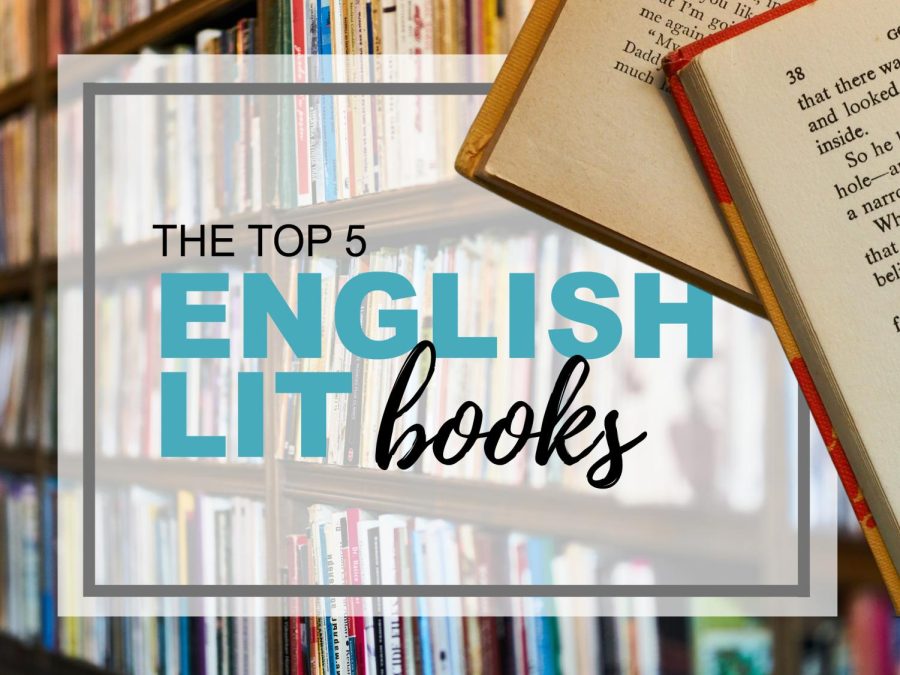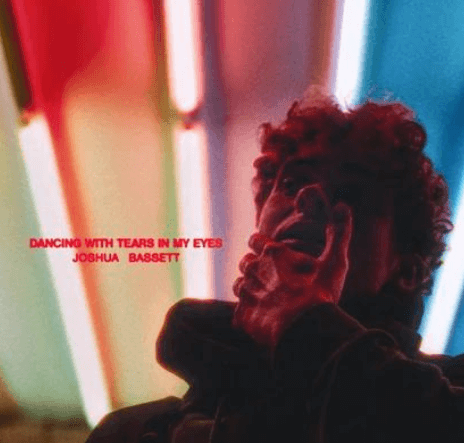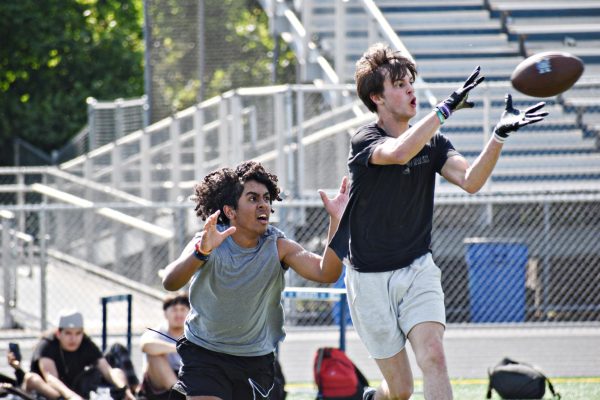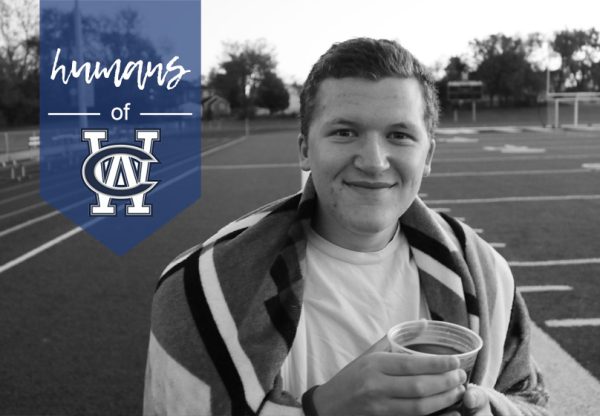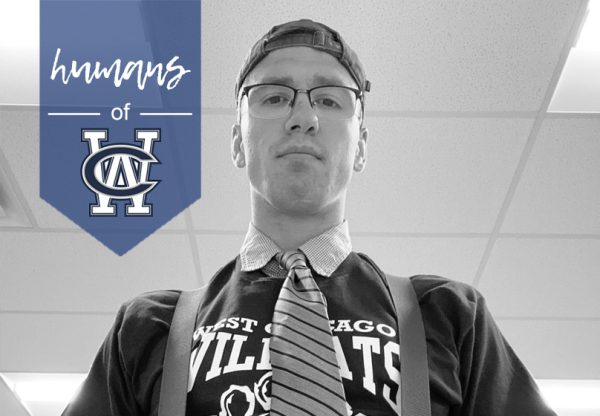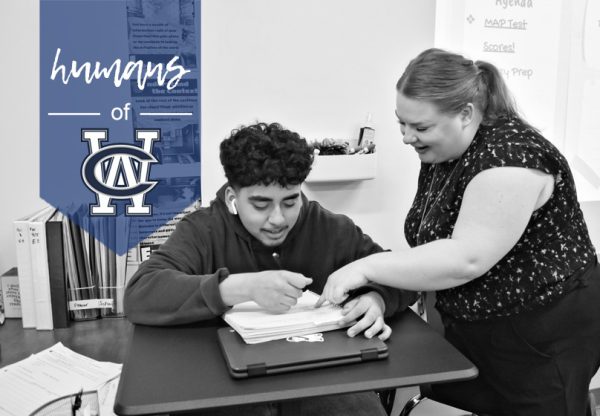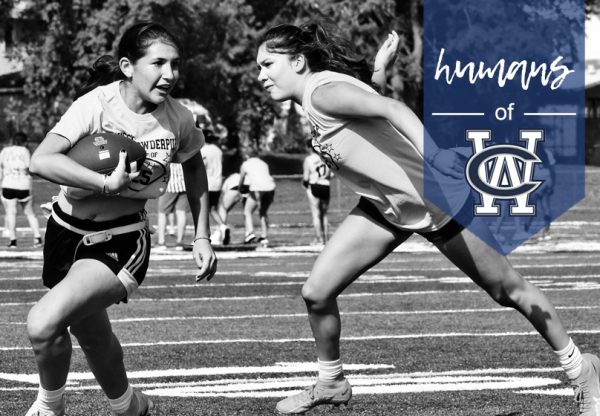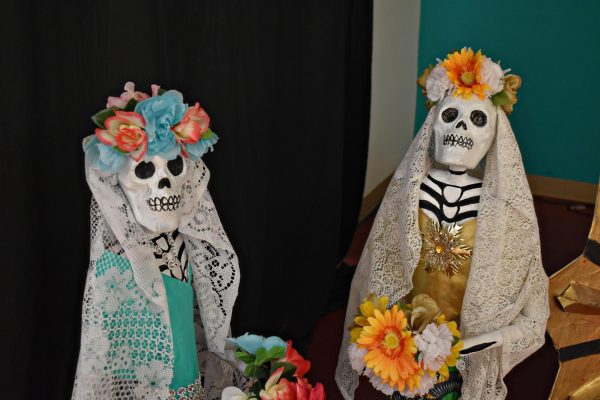Top 5 English lit books
From A Tale of Two Cities to Homegoing: these are the best required novels in English classes at WEGO and around the country. (Photo illustrated created by Wildcat Chronicle staff using royalty-free images from Engin Akyurt and Jess Bailey via Pexels.com)
May 2, 2023
You lay on your bed, listening to music as you complete your homework. You are on your stomach, knees bent and ankles crossed as your feet bop along to the music. After finishing your other homework, you turn, grabbing a book off your floor. Returning to your relaxed position, you become engrossed in your assigned English book. It is interesting and entertaining to read. You must be reading one of our Top 5 picks for English Lit books taught in school.
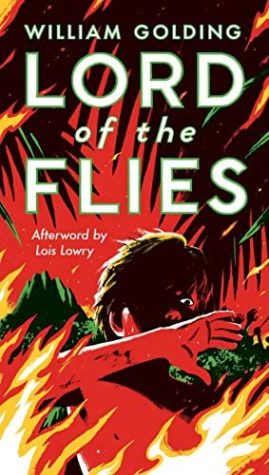
#5 “Lord of the Flies” by William Golding
In this piece of writing, seven teenage boys, ranging from 6-16 are stranded on an island with no adults to be found. The reader follows these boys as they navigate island life and begin to form groups, nearly devolving into beasts by the end. This story is an in-depth look at the nature vs. nurture argument, and what humans do when reduced to their base instincts. The protagonist, Ralph, comes through as a strong boy who tries to keep the group on a straight path as they navigate the island. Simon is a sensitive boy whom Ralph protects from the cruelty of Jack, the ringleader of the other boys. All in all, the novel is a great reflection of how humanity believes “beasts” live, and takes a look at the inner-workings of the minds of boys who have not yet developed enough to control their impulses, however cruel they are.
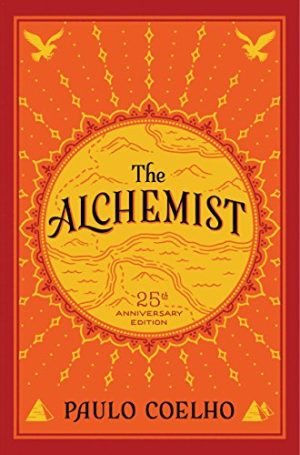
#4 “The Alchemist” by Paulo Coelho
“The Alchemist” follows the story of Santiago, a young Spanish shepherd, as he goes on a journey to find a treasure buried in Egypt. Santiago runs into a gypsy, the King of Salem, a crystal merchant, and an Englishman as he ventures to the Egyptian pyramids. This is not only a classic coming of age story, but the novel also reflects on self-discovery. Through working with the Alchemist, Santiago learns about himself and his abilities, as well as the love he has for others. The Alchemist gives readers reminders of their own gifts and talents, and the strength they have inside, even before each person’s journeys begin.
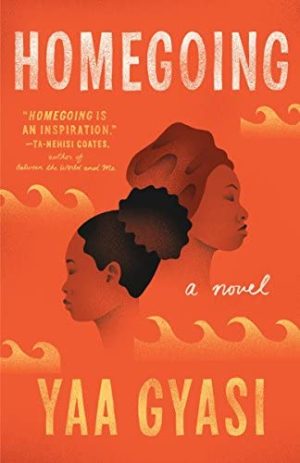
#3 “Homegoing” by Yaa Gyasi
A story that spans centuries, “Homegoing” is an often heart-wrenching and awe-inspiring tale of two families throughout many generations. It begins in 1775 with a young woman who is married to a slaver, and a separate young woman who is captured as a slave. The descendants of these two women tell their stories and often fall into despair. The reader follows their intense journey, watching as the characters suffer through racism and slavery. Oftentimes, the reader is heartbroken, as this novel really touches the hearts of those who read it. It is a good book to really help people understand the struggles Africans and Black Americans have faced for centuries. Gyasi brings up many great conversations on how generational trauma can affect entire families for centuries.
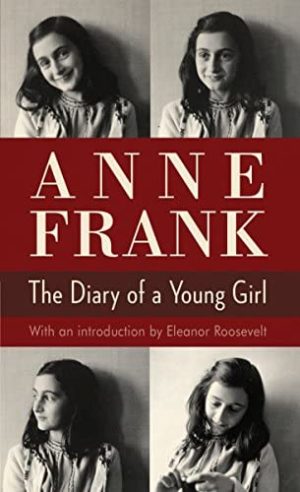
#2 “The Diary of a Young Girl” by Anne Frank (posthumously published)
The tale of a young girl caught in one of the most impactful tragedies of the twentieth century is actually a published version of the diary she kept during World War II. As told through her own words, she explains how she had to involuntarily wear the Star of David, then how her family was forced into hiding. Anne Frank has the typical attitude of a teenager, and living in a small space above a store takes its toll on her family. Her diary is an often silly and very entertaining tale that ends with a heart-wrenching conclusion. This story shows strength on Frank’s part and the reader sees the Nazis and horrors of World War II through the eyes of a child. Frank’s story is especially impactful because many high school readers are the same age Frank was when she first began keeping a diary.
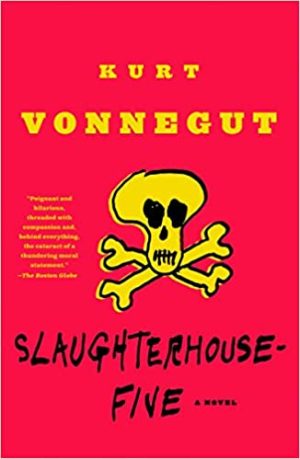
#1 SlaughterHouse-Five by Kurt Vonnegut
When it comes to the number one spot, this is a fascinating tale of war through the eyes of a lowly soldier who experiences visits from an alien entity is an obvious choice.
Kurt Vonnegut showcases his own experience with the horrors of war. He tells a tale of grit and determination, as well as the impact that battle has on its soldiers. He uses humor and the monotony of a veteran’s life after war to convey the damage of veterans. “SlaughterHouse-Five” also shows how trauma can often make a person feel like they are trapped in time. Billy Pilgrim, the protagonist, is pulled out of time to the planet of the Traflamadorians, an alien race that essentially exists as what the ancient Greeks would call the “Fates”. They have knowledge of how the universe will end and they exist outside of the human concept of time. Billy is shown at once as an old man and a young private just fighting his way through the bombing of Dresden during World War II. This is an entertaining story of odd little aliens, which hides the effects of war.



